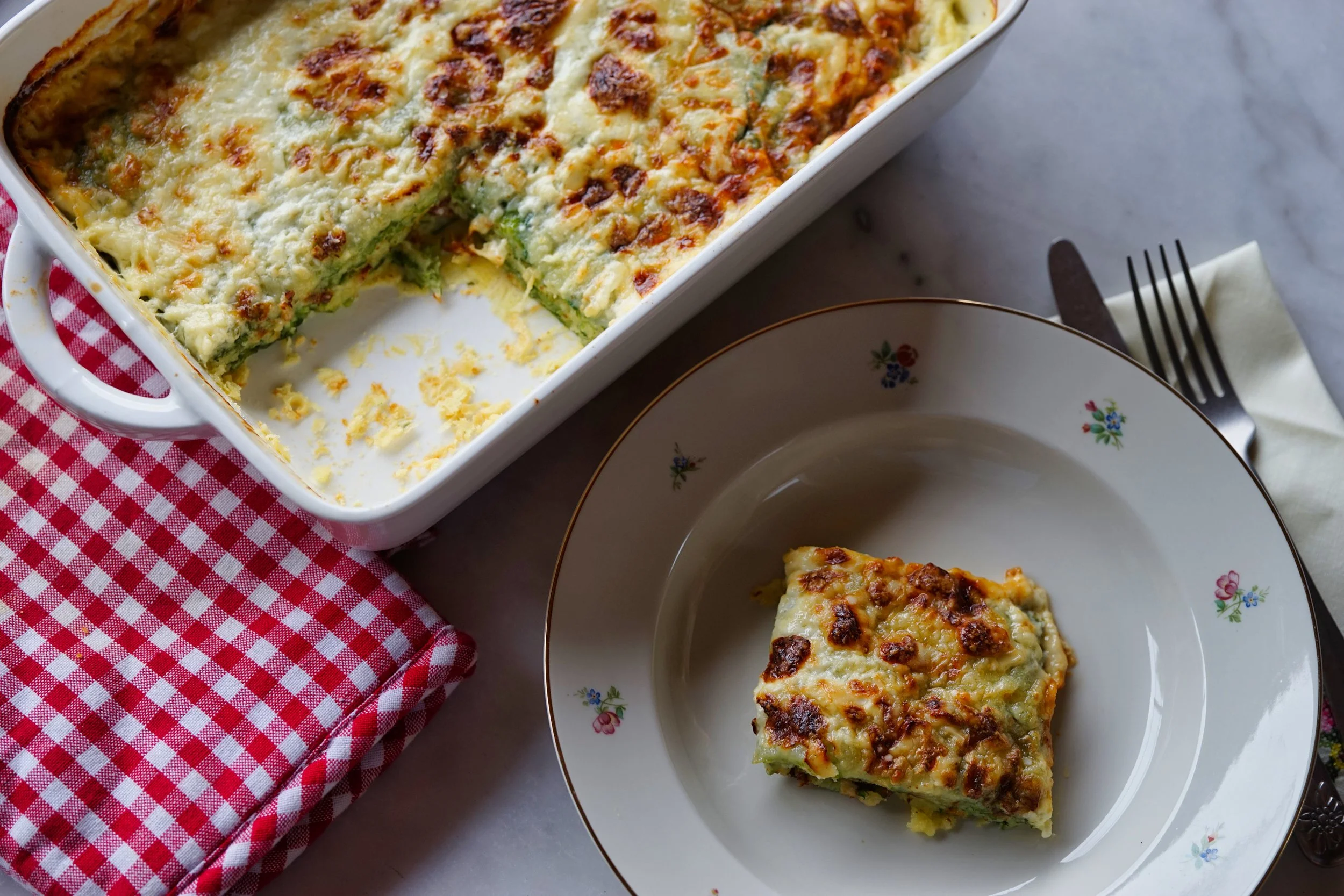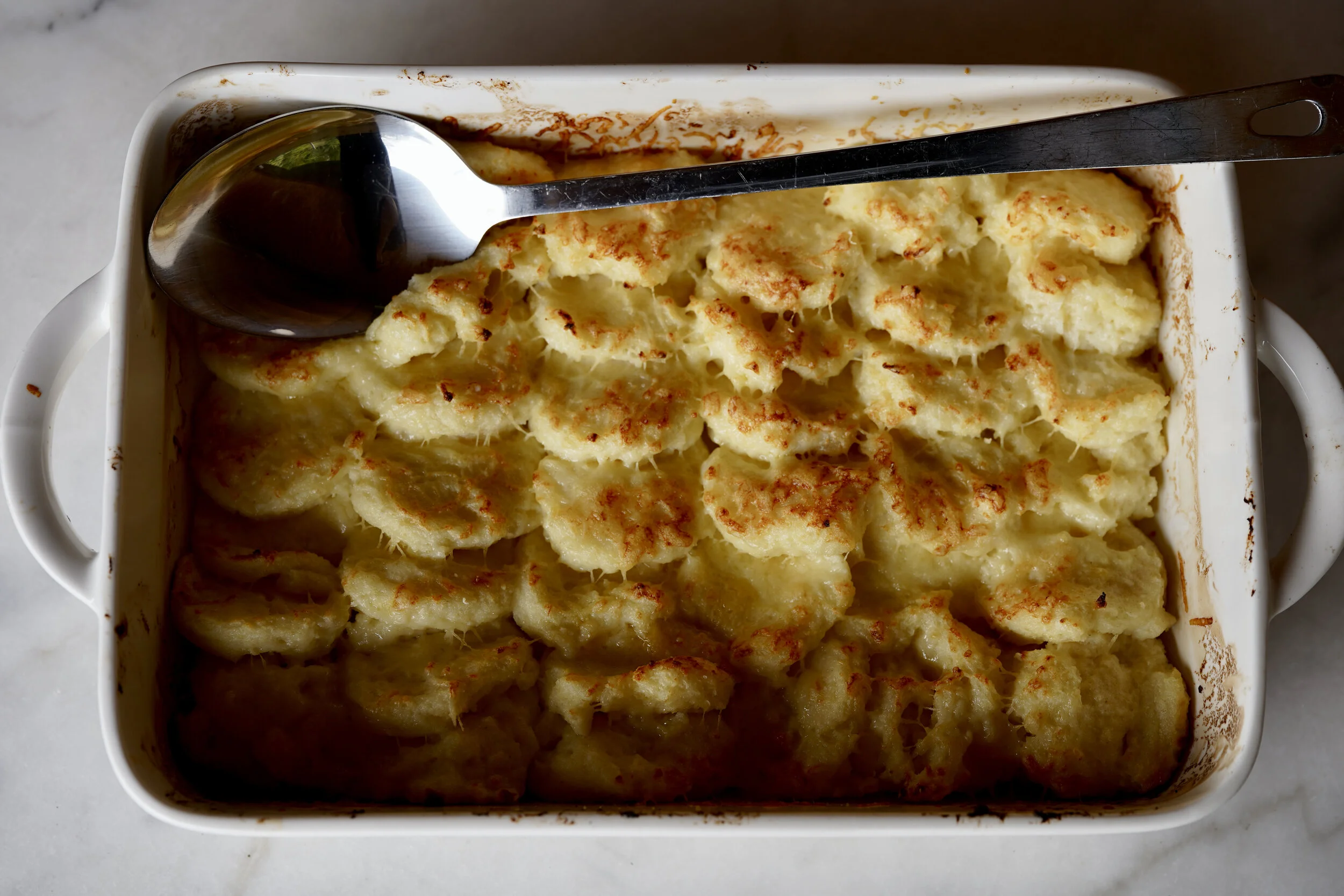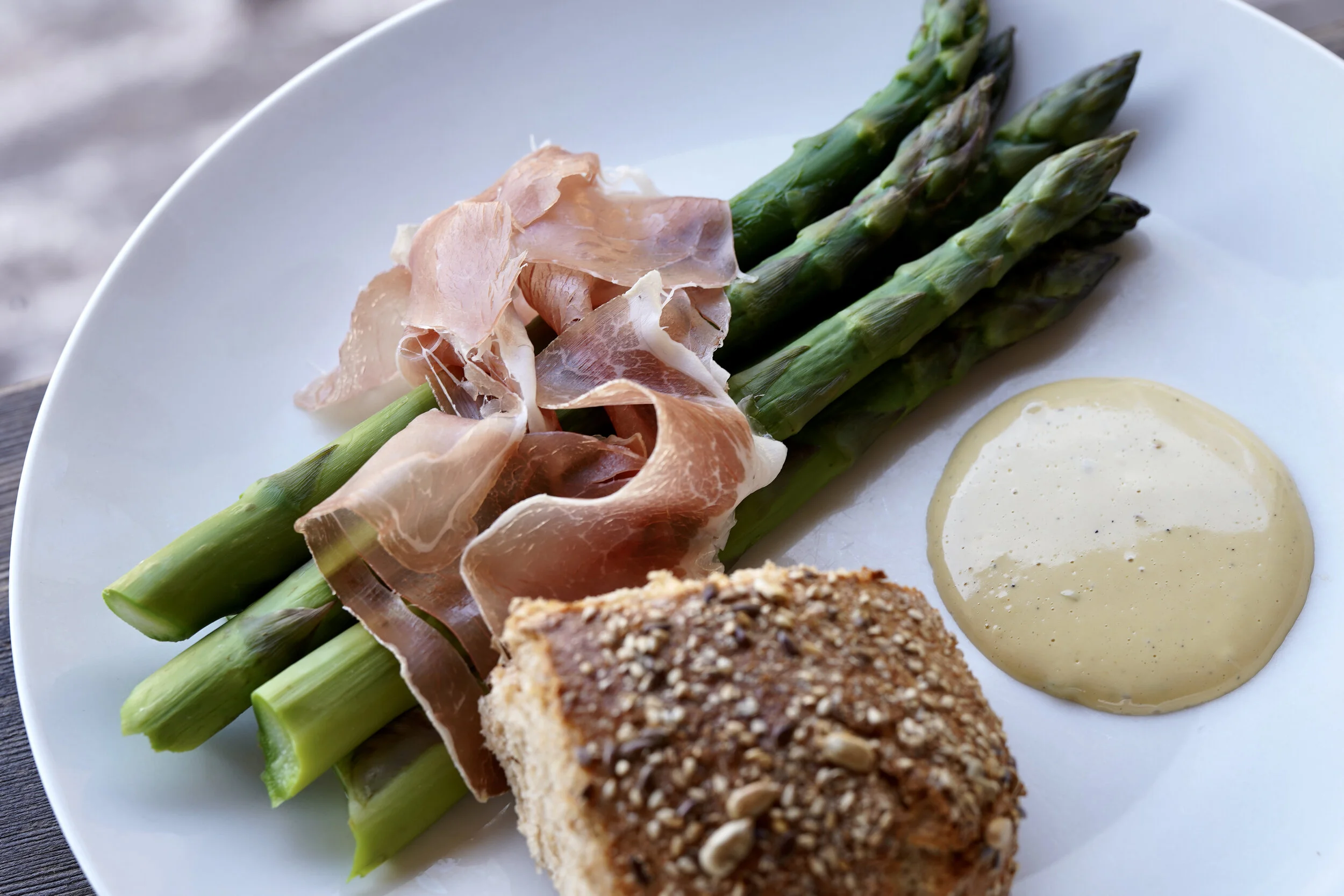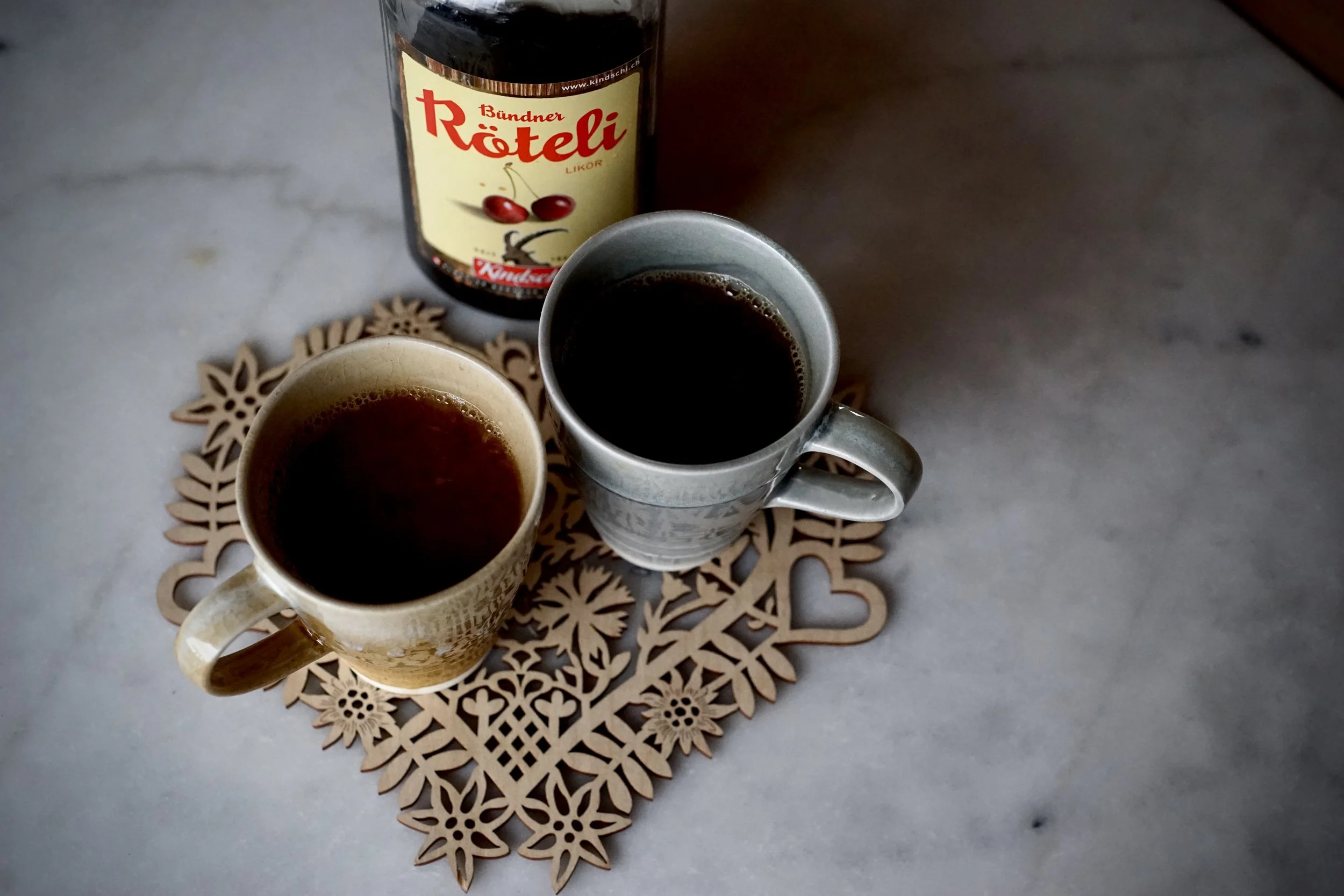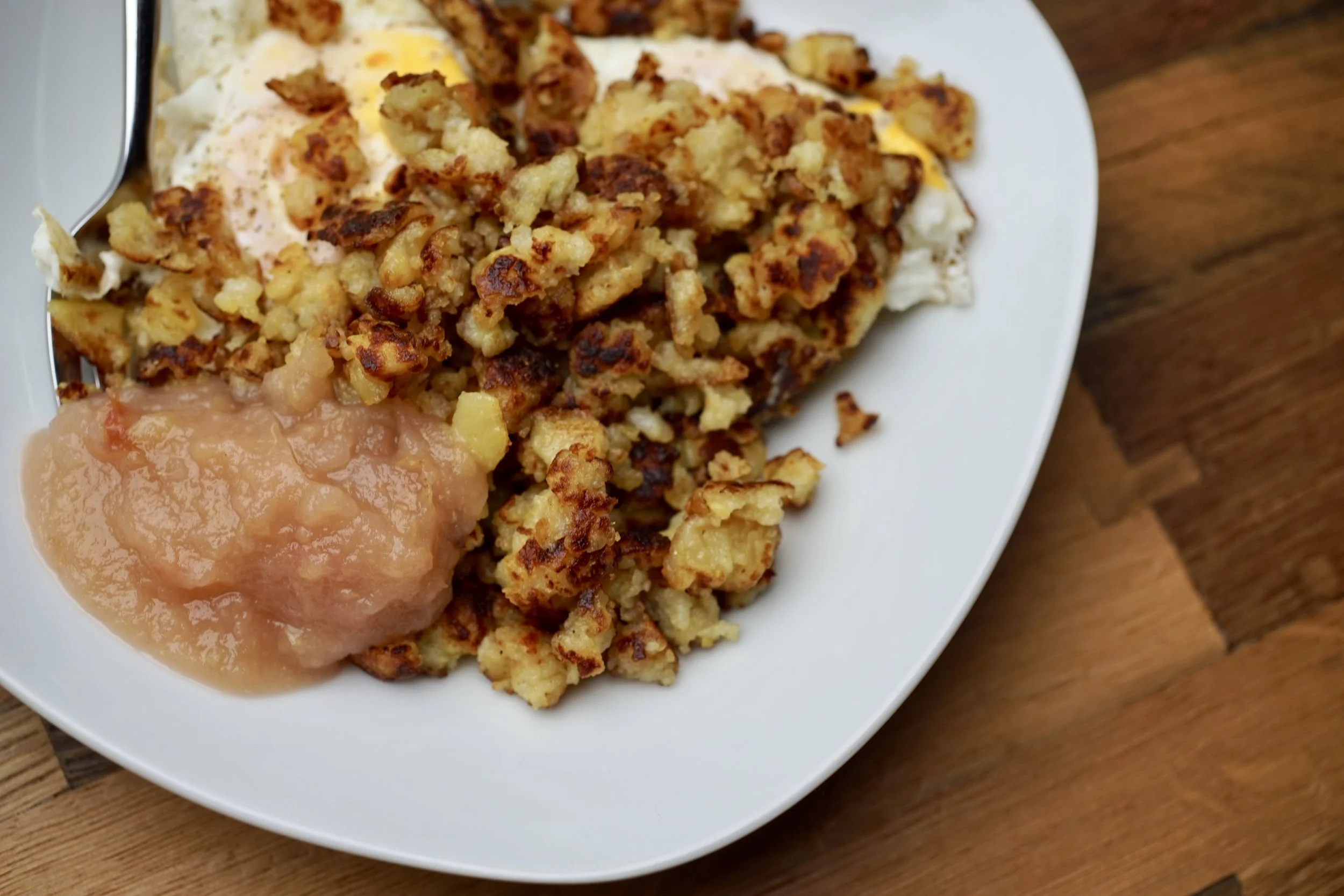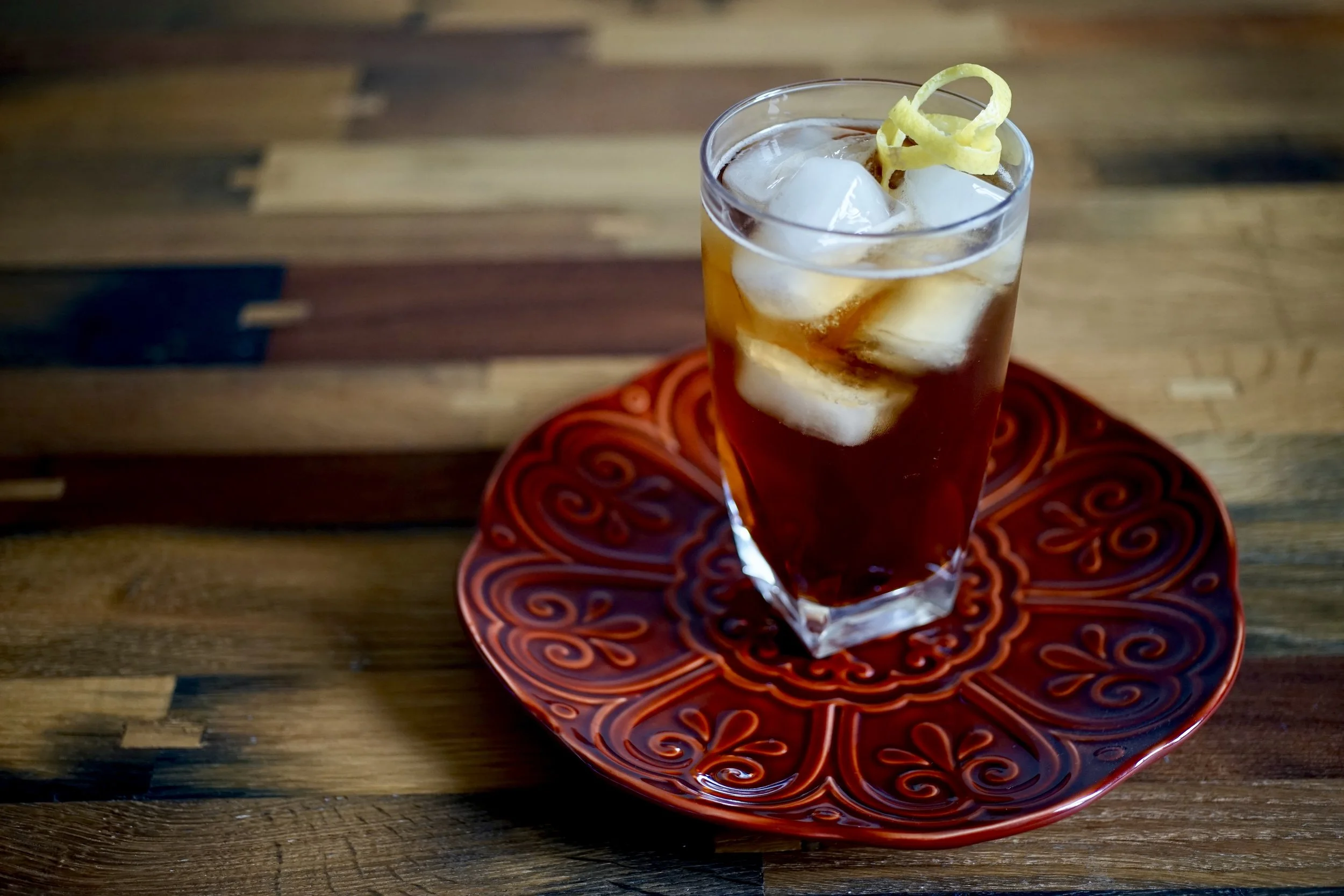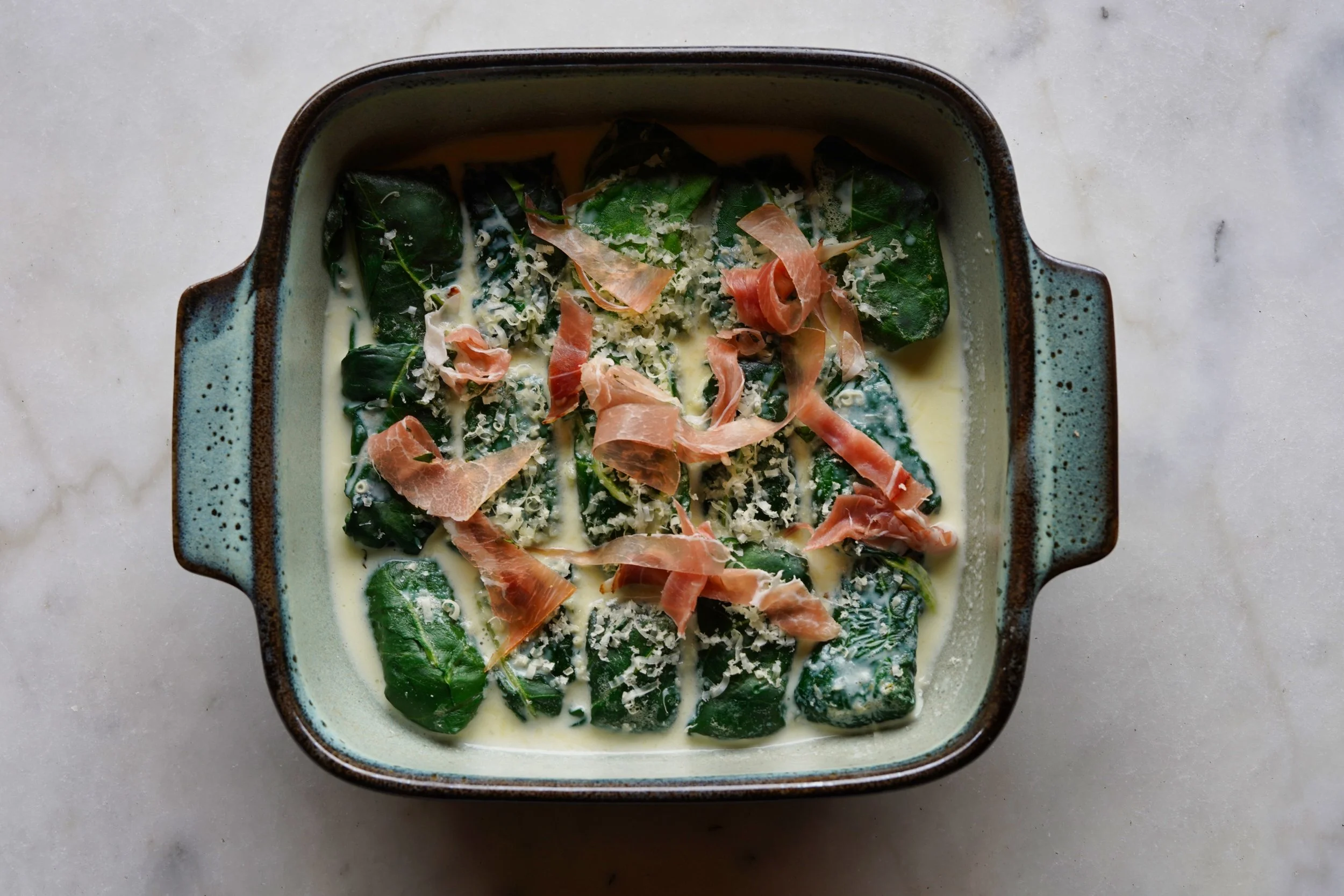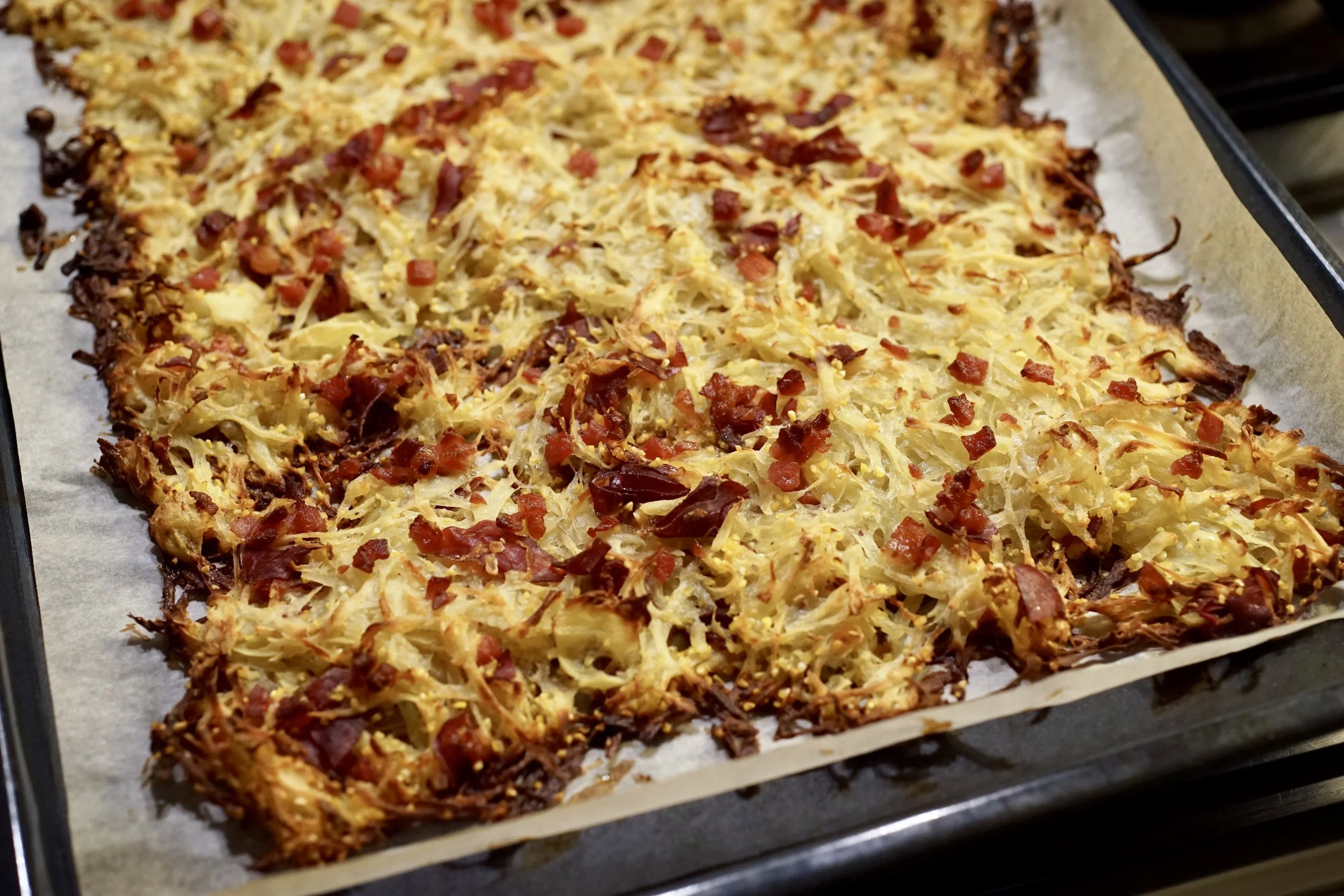Paun Cun Paira
We recently took a short holiday to the canton of Graubünden.
Please enjoy some of Intrepid Sam’s photographic stylings:
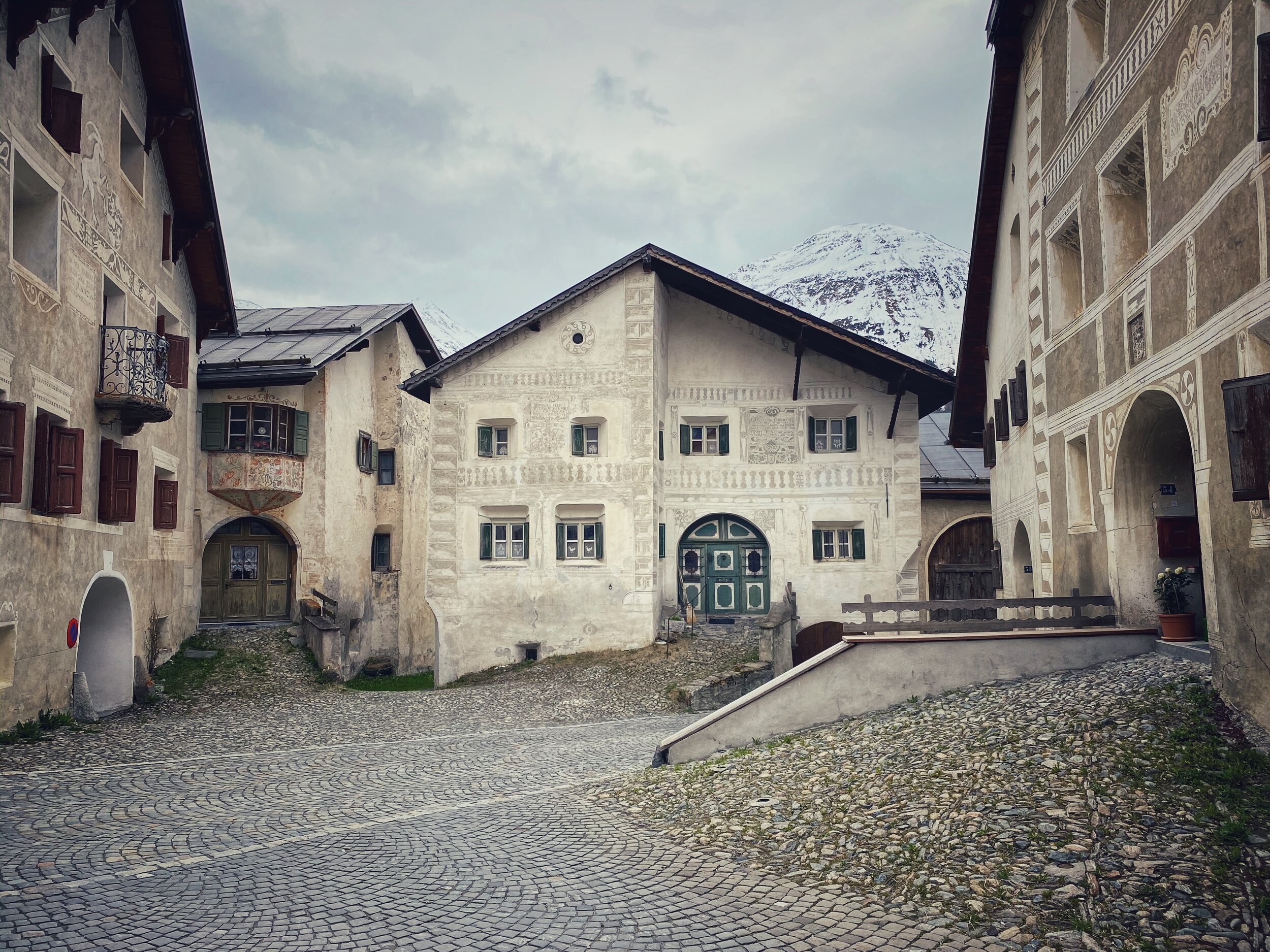

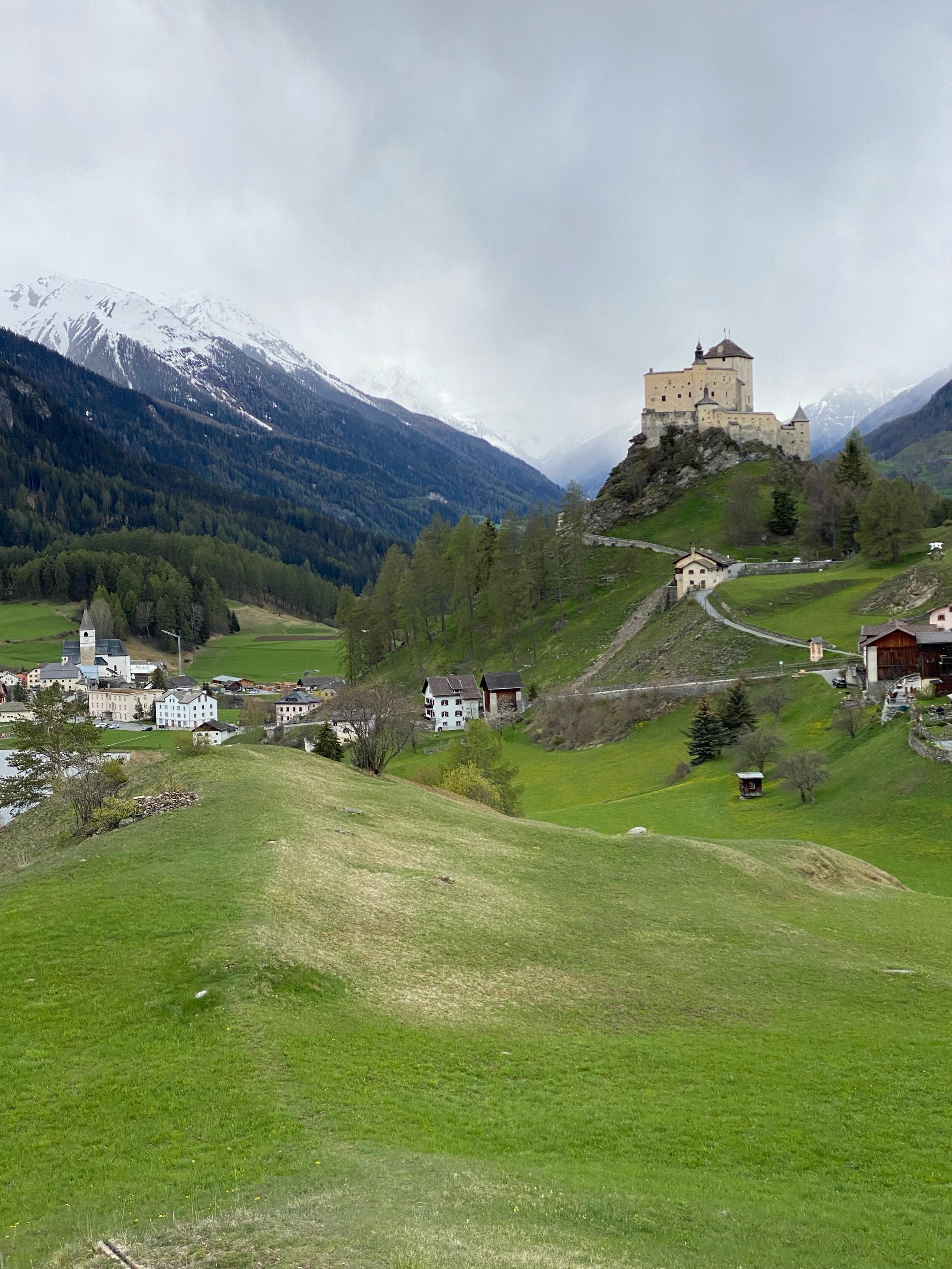
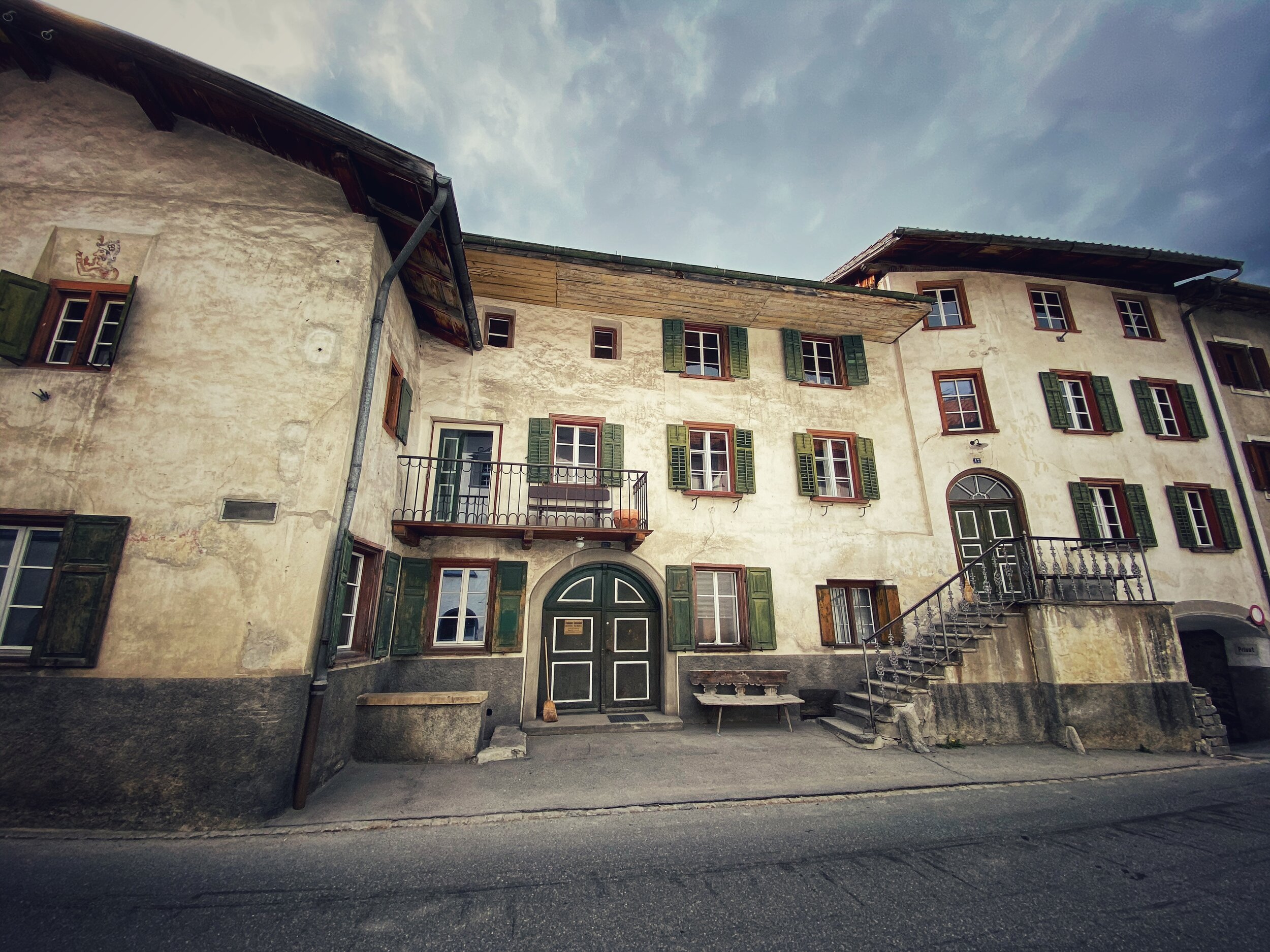

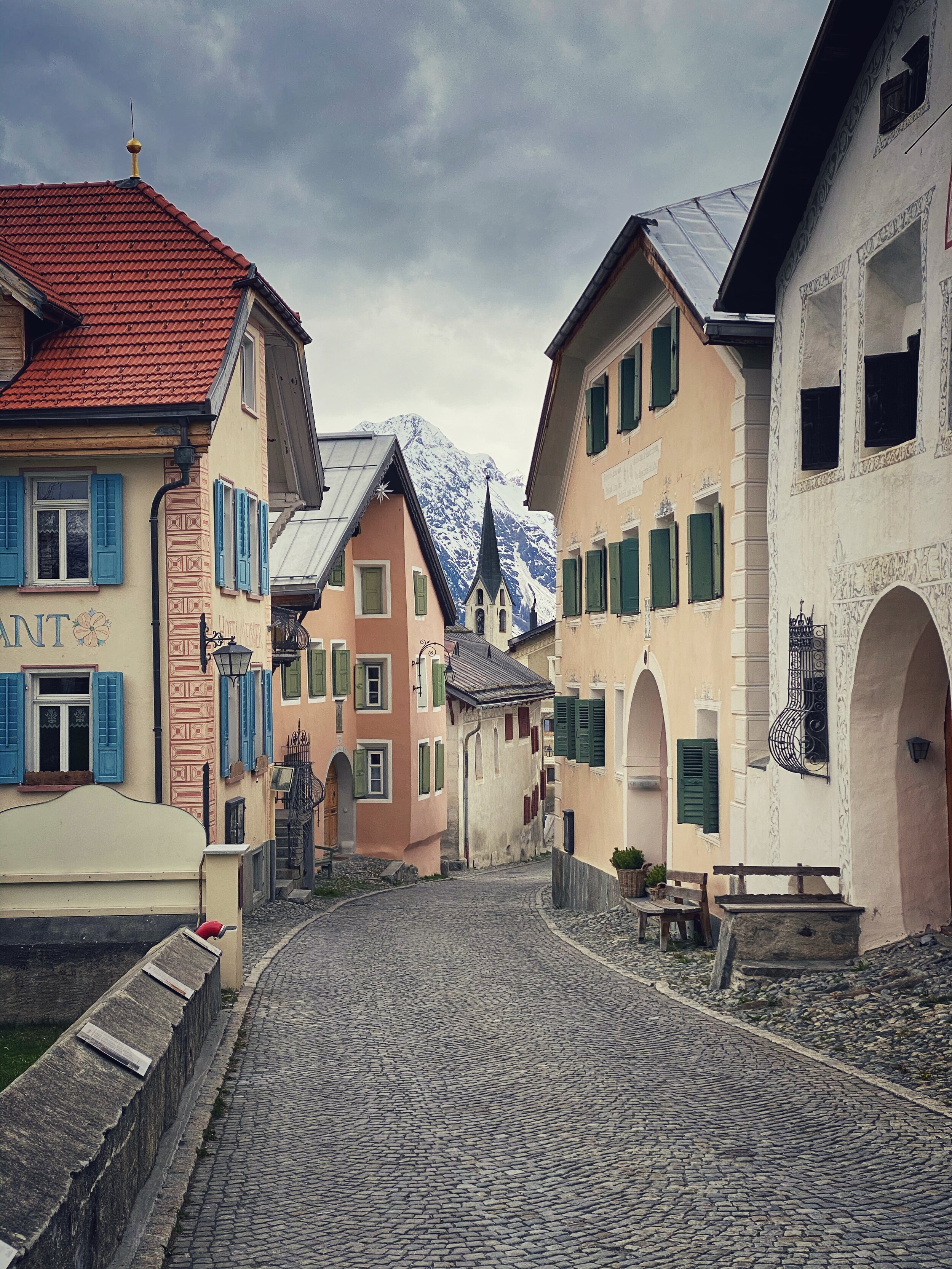
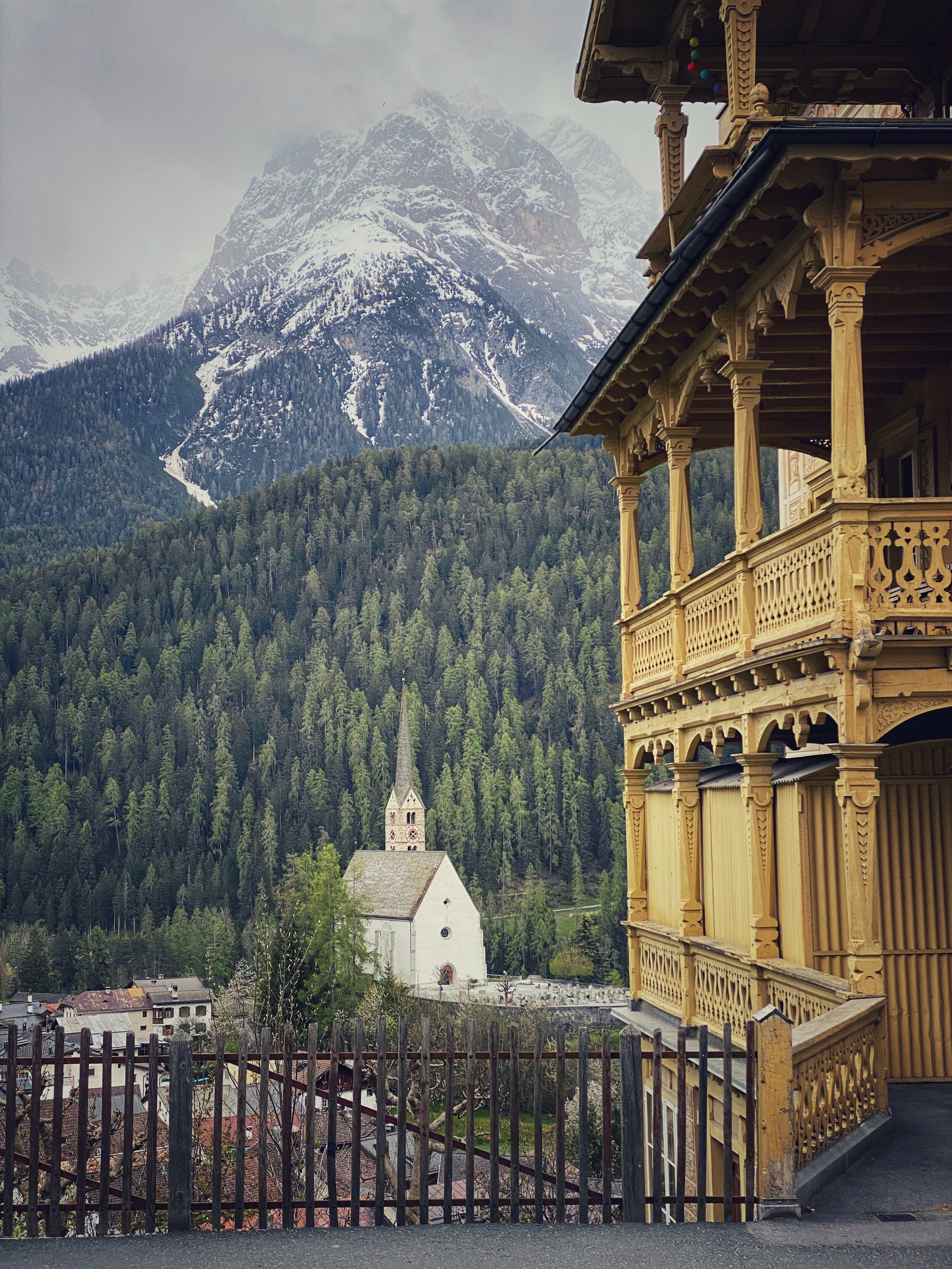

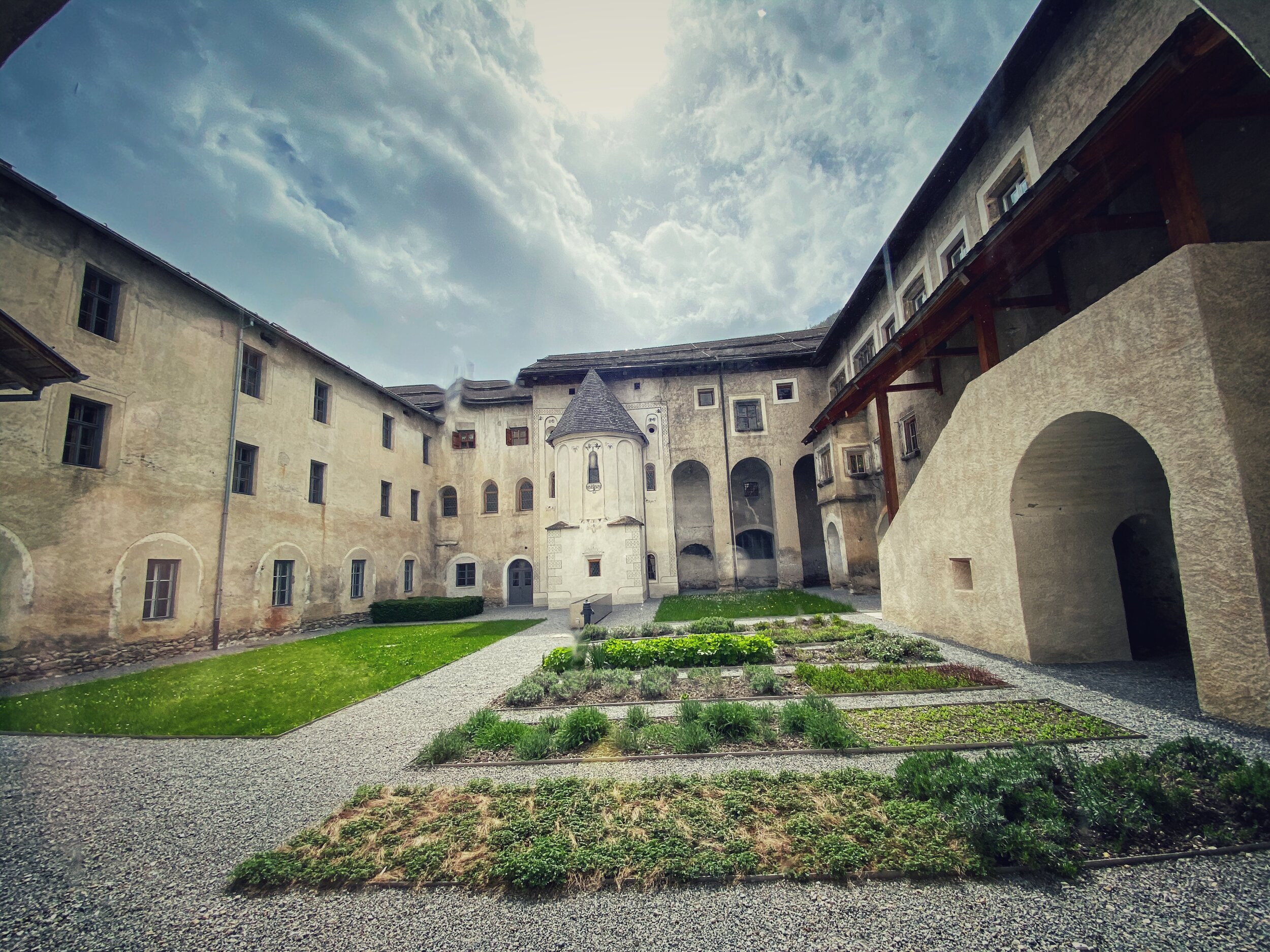


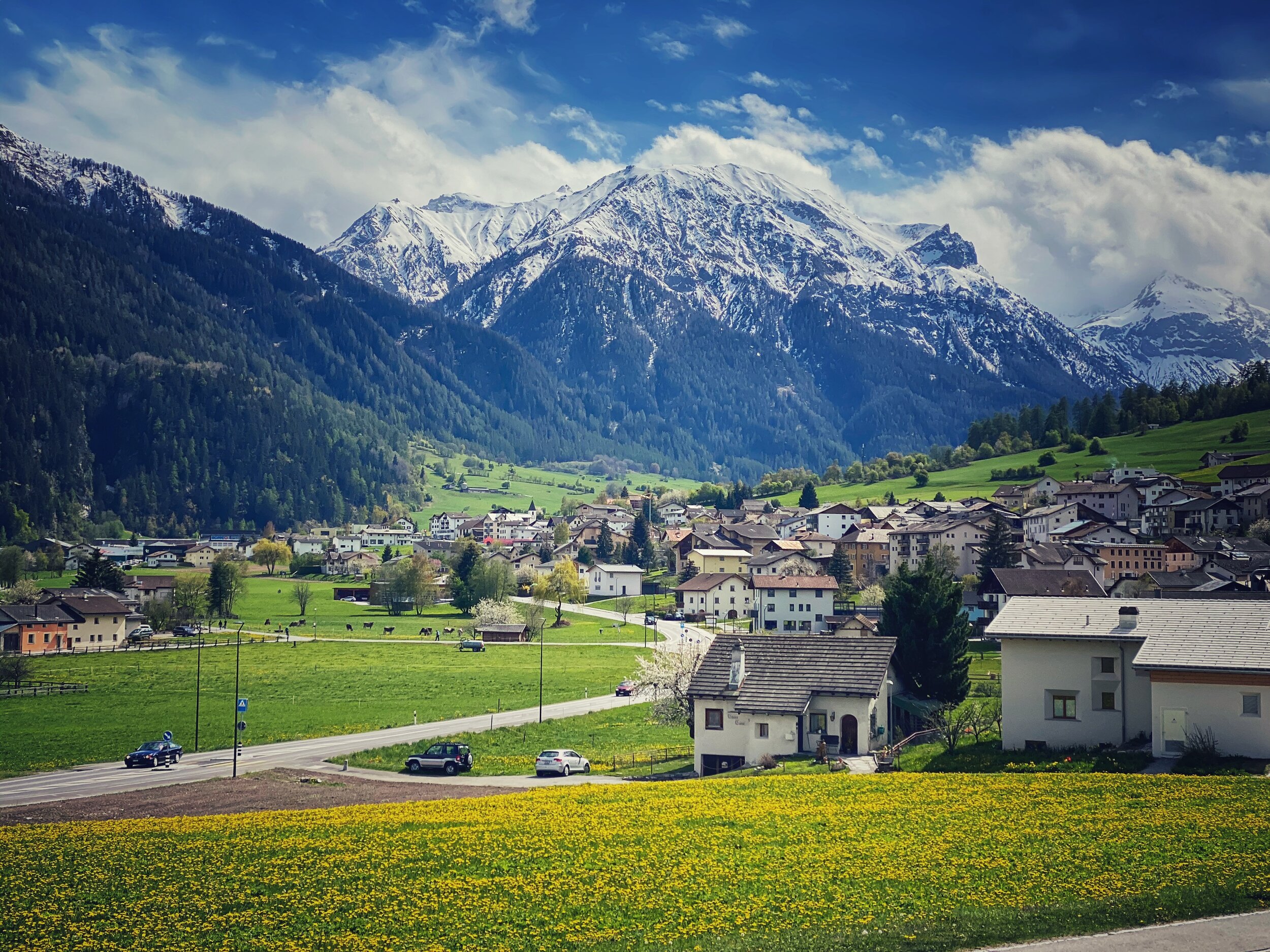

It was a treat to discover the beautiful towns, but the real joy was eating all the local specialties like Capuns (dumplings wrapped in greens and simmered in cream), Maluns (buttery potato niblets), Pizokel (chubby buckwheat dumplings), and plenty of their famous caramel and walnut filled Turta da Nuschs.
Another of our favourite snacks was a bread made with dried pears—Paun cun Paira in Romansch.
Birnenbrot, pear bread, is a popular treat throughout Switzerland. Sam likes to make the version from his home canton of Luzern, which swirls the pear filling through a fluffy bread dough. The more eastern versions from Glarus, Toggenburg, and this one from Graubünden, have a much denser filling, chock full of dried fruit and nuts and often eaten with a spread of butter.
Birnenbrot, a short history
According to the Kulinarisches Erbe, these pear breads were born of necessity. When there was a shortage of flour, the dried pears (and other fruits) were added to extend the amount of dough. Big batches could be made and kept for a long time, and in many cases the flavour improved with age.
Typically the breads were eaten around Christmas, and spiced as such, though in the 20th century they began appearing in bakeries and were offered all year round.
The dried pears are soaked in booze with other dried fruit (as opposed to the other dense versions from Eastern Switzerland that cook the pears), then nuts are added and they are kneaded into some of the dough to create a chewy, fruity filling. This is then covered by the rest of the dough and baked.
Perfect for a hike, or even for breakfast, this bread keeps up to a couple of weeks and its flavour improves over time.
For the fruit:
100 ml spirit of choice (kirsch or other fruit brandy, rum)
100 ml black tea, hot
400 g dried pears, chopped
100 g dried figs, chopped (or raisins)
For the dough:
300 g light whole wheat flour (Ruchmehl, see more below)
5 g salt
250 ml water, room temperature
15 g fresh yeast (6 g dried)
For the filling
100 g walnuts, toasted and chopped
50 g Birnenhonig
zest of one lemon
1 tbsp Lebkuchen spice mix
extra kirsch
1 egg yolk
For the fruit
Mix together the tea and booze. Add the dried fruit and soak for a couple hours, or until soft.
For the dough
In a large bowl, whisk together the flour and salt.
In measuring cup, whisk together the water and yeast.
Make a well in the flour and add the liquid ingredients. Stir this together until a dough starts to form, then begin to knead it on the table. Knead for about 10-15 minutes, or until it is smooth and elastic. Alternatively, mix for about 10 minutes in a stand mixer with a dough hook. Cover and let rise for about an hour or until the dough has doubled in size.
Preheat oven to 200 C / 400 F / gas mark 6.
For the filling
Take 200 g of dough for the filling, reserving the rest (should be around 275 g) for the outer layer.
In a large bowl, mix together the 200 g dough, soaked fruits, walnuts, Birnenhonig, zest and spice. I typically do this in my stand mixer with the dough hook.
Roll out the reserved dough into a rectangle. Using wet hands, form the fruit mixture into a log, then place it in the middle of the rolled out dough. If desired, brush the log with Kirsch, then roll up the dough and pinch to seal the edges.
Place on a lined baking tray and prick all over with a fork. Brush with egg yolk.
Bake for about 30-35 minutes, or until the crust is nicely golden.
I like soaking the fruits in a combination of hot black tea and booze, because the tea helps soften the fruit quicker. You can also use hot water, or more booze.
Traditionally, figs would have been used, but raisins work nicely too.
I like walnuts in the filling (and it seems fitting in Graubünden, because of their beloved Turta da Nuschs), but you can also use other kinds, like hazelnuts.
If you don’t have Birnenhonig, you could swap in honey or molasses.
If you don’t have Lebkuchen spice mix, you can use Birnbrot spice mix, mixed spice or gingerbread spice. Alternatively, you can make your own:
Lebkuchen Spice Mix
Mix together:
1 tsp each ground ginger, anise, cinnamon, coriander
1 generous pinch ground nutmeg and cloves
Flour power
This recipe uses Ruchmehl / farine bise / farina bigia, a kind of light whole wheat flour. Here’s a short flour guide:
While white flour (Weissmehl / farine fleur / farina bianca) contains mostly the inner part of the grain, half white flour (Halbweissmehl / farine mi-blanche / farina semibianca) contains some of the outer layers, and Ruchmehl even more of the outer layers of grain. Different countries have different guidelines for how much grain denotes what kind of flour—the varieties above are, of course, easily available in Switzerland, but abroad Halbweiss/Ruchmehl would likely mean a light whole wheat flour.















